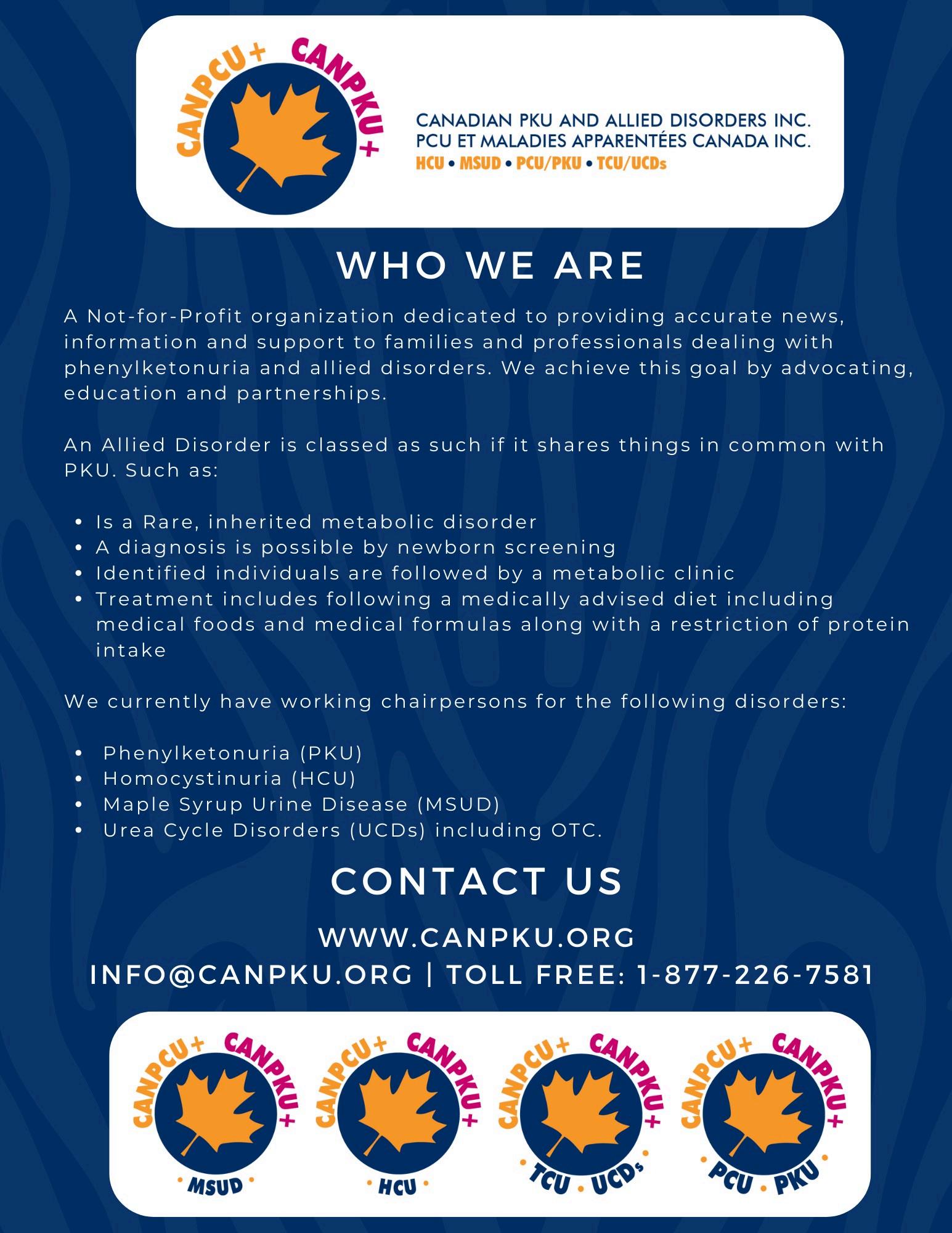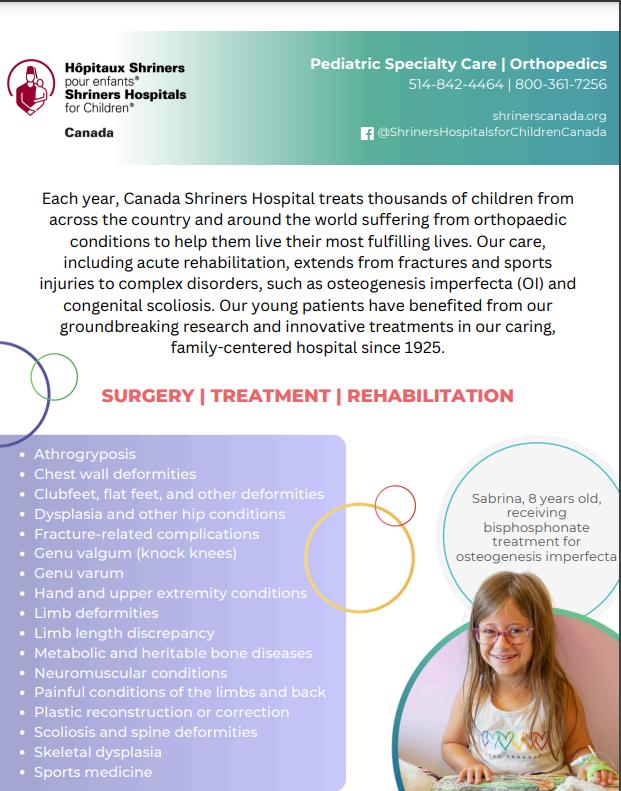
2 minute read
What can be the role of AI in child health?
By Brigitte Leonard, Ph.D
Dear reader, if you live in the northern hemisphere and have healthy children like me, you probably do not think about child mortality, nor do you want to think about it. In developed countries, pregnancy and birth are not associated with death anymore, and this is a good thing. However, there are still some children who won't reach adulthood. Who are they,andwhatcanwedotochangetheirfate?
In developed countries, the critical current health issues in pediatrics include mental health, rare genetic disorders, cancer, and preventable diseases.
Mentalhealth problems
They are common among children and youth. Seventy percent of persons living with a mental illness see their symptoms begin before age 18. Early identification of mental health problems and timely intervention are incrediblycriticalandcanhelptobuildabettersociety.


Pediatriccancers
They affect more than 400000 worldwide each year. The most common types of cancer are leukemia, lymphoma and solid cancers such as brain cancer, neuroblastoma and Wilms tumours. The survival rate can reach 80%. A better comprehension of molecular drivers and improved access to targetedtherapiescanhelpgettheperfectscore.
Raregeneticdisorders
They are responsible for 35% of deaths in the first year of life, and one-third of children born with a rare disease will not live to see their fifth birthday. The medical community thinks that the contribution of rare disorders to child mortality is probably higher because of underdiagnosis due to the lack ofcomprehensivegenetictesting.
Preventablediseases
Vaccinations have had a profound impact on reducing child mortality rates worldwide. From the 40% to 50% mortality rate observed at the end of the 1700s, we currently observe between 0.38% and 0.53% mortality rates by birth in Canada and the USA, respectively. Of course, this rate varies significantly based on socioeconomic status, healthcare access and public healthinitiatives.
This reduction was due to vaccination, especially against diseases like measles. Measles is highly contagious, and in a classroom of children who are not protected against measles, a child with measles will infect 12-18 others. Measles is associated with several severe health consequences, including hospitalization, pneumonia, encephalitis, and death. Measles can also cause "immune amnesia," making individuals more susceptible to pathogens they had previously developed protectionagainst.
The resurgence of contagious diseases in developed countries has become a significant issue. The Centers for Disease Control and Prevention issued a health alert warning of a global rise in measles cases The key issue driving this resurgence is under-vaccination. To protect a community from outbreaks, about 95% of the population needs to have been vaccinated. The anti-vaccination movement is increasing in the population, combined with the return of internationaltravel,creatingtheperfectstorm.
AI can significantly reduce child mortality at three levels: in the clinic, in the laboratory, and in social health issues. Daily, AI can support better healthcare professionals by improving early disease screening, diagnosis, and resource allocation. In drug development research, AI can speed up the comprehension of the molecular drivers of cancer and genetic diseases and help select molecules capable of correcting abnormalities. It can also help predict outbreaks and supportpolicydevelopmenttosupporthealthauthorities.
Areyoureadyforthisrevolution?













